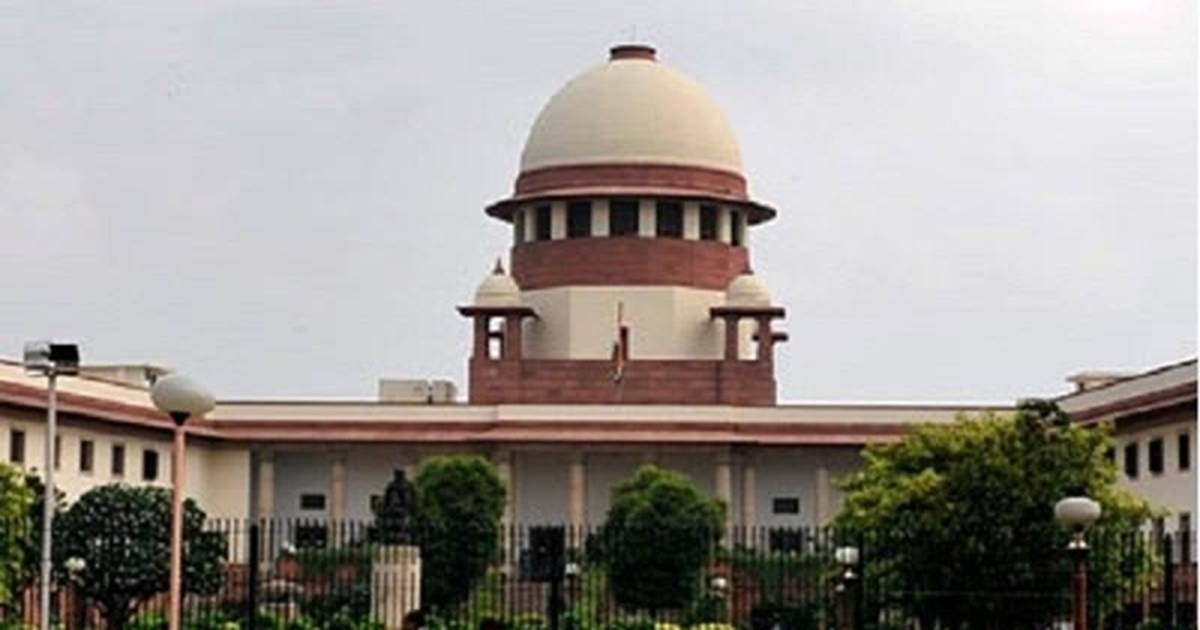The Indian Space Research Organisation has officially announced the launch schedule for its Aditya-L1 mission, which is designed to study the Sun. The spacecraft is set to be launched on September 2 from ISRO’s Sriharikota base at 11:50 AM.
In a recent tweet, ISRO confirmed, “The launch of Aditya-L1, India’s pioneering space-based observatory dedicated to studying the Sun, is slated for September 2, 2023, at 11:50 AM IST from Sriharikota.”
This update from ISRO comes just five days after the successful completion of the Chandrayaan-3 Mission. Notably, India achieved a significant milestone by becoming the first country to land on the Moon’s South Pole and the fourth nation overall to accomplish a soft landing on the lunar surface, courtesy of ISRO’s efforts.
Aditya L1 is poised to make history as India’s groundbreaking space mission devoted to Sun research. The spacecraft is scheduled to be positioned in a strategic halo orbit around the Lagrange point 1 (L1), situated approximately 1.5 million km away from Earth within the Sun-Earth system.
This strategic placement offers several distinct advantages, including continuous solar observation, an unobstructed view free from occultations and eclipses, and the potential for unprecedented insights into real-time solar activities and their impact on space weather.
Equipped with seven advanced payloads, the spacecraft’s mission objectives involve a thorough examination of the Sun’s photosphere, chromosphere, and corona—the outermost layer. These observations will rely on sophisticated electromagnetic, particle, and magnetic field detectors.
Interestingly, four of these payloads are dedicated to direct observations of the Sun, while the remaining three will conduct in-situ investigations of particles and fields at Lagrange point L1. This innovative approach promises to provide crucial scientific data regarding how solar dynamics propagate through the interplanetary medium.
The mission’s scientific goals include:
- Investigating the dynamics of the solar upper atmosphere, including the chromosphere and corona.
- Studying phenomena such as chromospheric and coronal heating, the physics of partially ionized plasma, the initiation of coronal mass ejections, and solar flares.
- Observing the particle and plasma environment in-situ, contributing to the understanding of particle dynamics originating from the Sun.
- Delving into the physics of the solar corona and its heating mechanism.
- Diagnosing the plasma properties of the corona and coronal loops, including temperature, velocity, and density.
- Exploring the development, dynamics, and origins of coronal mass ejections (CMEs).
- Identifying the sequence of processes occurring at multiple layers (chromosphere, corona base, and extended corona) that lead to solar eruptive events.
- Mapping the magnetic field topology and measuring magnetic fields in the solar corona.
- Understanding the drivers behind space weather, including the origin, composition, and dynamics of solar wind.
ISRO’s Aditya-L1 mission represents a significant step forward in advancing our understanding of the Sun and its influence on space weather, with the potential to uncover valuable insights that can impact various fields of science and technology.




